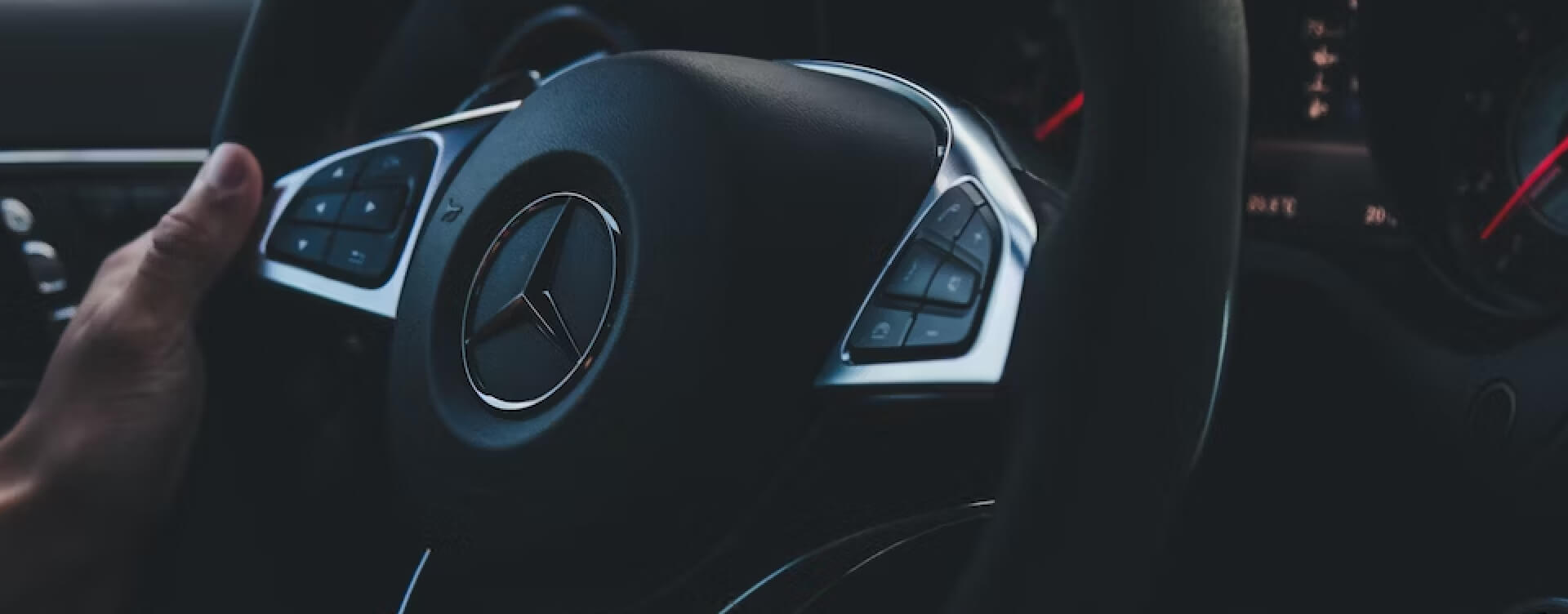Before stepping into a used car dealer, know the potential pitfalls. This guide will help you understand dealer tactics, hidden fees, and financing tricks, ensuring you make an informed purchase decision.
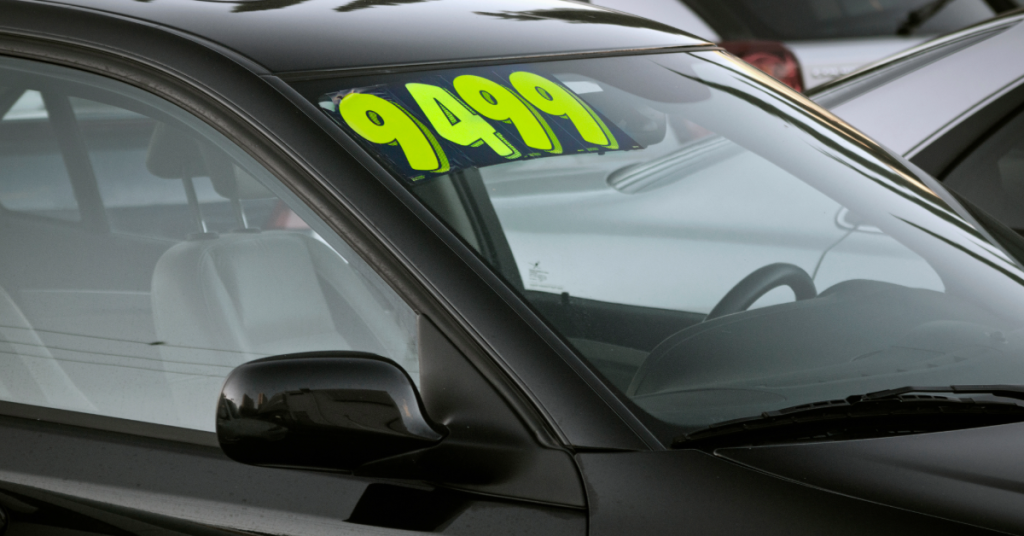
Vehicle safety should always be considered when purchasing a new ride. Here are some tips on ensuring your vehicle is safe for the road.
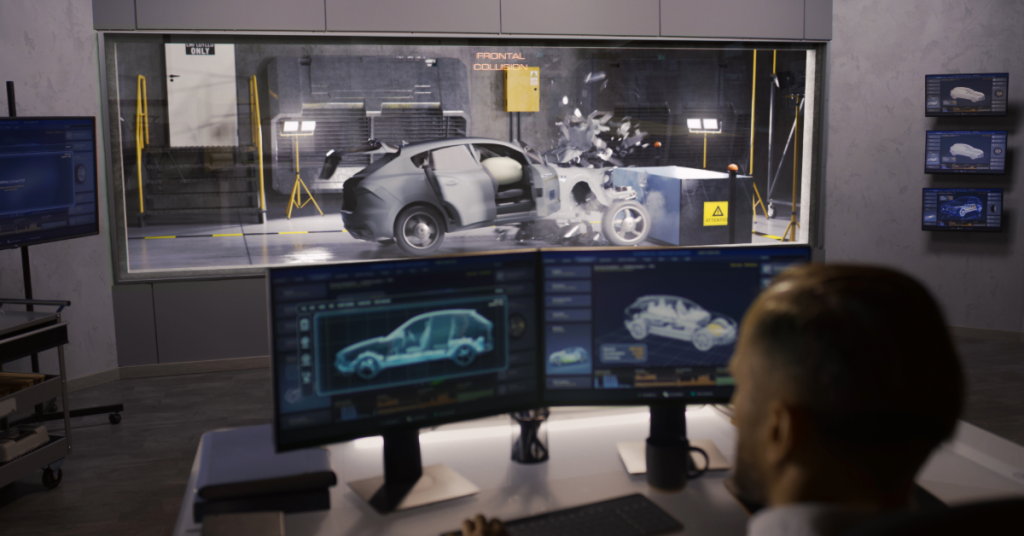
Car safety ratings are like a vehicle’s report card, evaluating its performance in ensuring the safety of its occupants. They’re calculated based on crash test results, with different types of tests measuring how well the vehicle can protect its occupants in various crash scenarios. But not all crashes are created equal. The ratings take into account the probabilities of injury from frontal and side crashes, as well as the projected probability of injury from rollovers.
Remember, when comparing ratings, it’s advisable to compare like with like – that is, sedans with sedans, and SUVs with SUVs. Ratings should be compared among vehicles of the same class and within a weight difference of no more than 250 pounds.
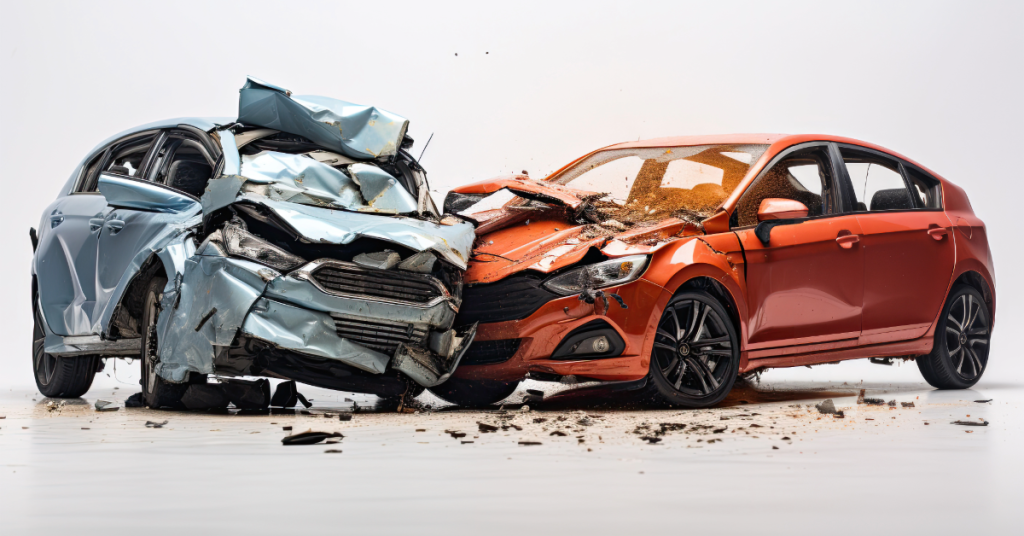
When we say crash test scores, we’re not talking about a scorecard from a demolition derby. Rather, these scores measure a vehicle’s performance in various crash scenarios, such as frontal-crash, side-crash, passenger side small overlap, and rollover tests. The process of crash testing helps to evaluate the effectiveness of these safety measures. The side pole crash test, for instance, mimics the impact of hitting narrow fixed objects like utility poles or trees often involved in side crashes. The severity of injuries from these crashes can run the gamut from requiring hospitalization to potentially leading to permanent disability or even being life-threatening. But remember, the goal of these tests isn’t to turn cars into crumpled cans of metal, but to assess their ability to shield their occupants from harm.
In the world of car safety, stars aren’t just celestial bodies twinkling in the night sky, they’re also vital indicators of a vehicle’s safety performance. Issued by the NHTSA, star ratings signify a vehicle’s overall safety performance. They’re given based on the probability of serious injury in various crash tests, such as:
A higher star rating signifies a lower probability of serious injury.
However, as you enjoy the twinkle of those stars, remember that the rating doesn’t take into account injuries to the lower spine.
If star ratings are like the Oscars of car safety, then the Top Safety Pick Awards are the Golden Globes. Presented annually by the IIHS, these awards go to vehicles that demonstrate superior performance in crash tests and safety features. To earn the highest ranking of Top Safety Pick+, vehicles must:
It’s like acing a tough exam, with the added challenge of doing it in the dark!
These awards serve as a testament to a vehicle’s dedication to safety, including highway safety, giving you the confidence to drive into the sunset (or sunrise) knowing you’re in a vehicle that’s earned its safety stripes.

There’s a saying that prevention is better than cure, and this couldn’t be truer when it comes to vehicle safety. Crash prevention, through the use of crash avoidance technologies, is like a vehicle’s sixth sense, helping to detect and prevent potential accidents before they happen. They’re the superheroes of vehicle safety, swooping in to save the day by reducing crashes and related injuries. However, like any superhero, they’re not infallible. They can have limitations and face challenges, like not functioning correctly at all times or issues with over-reliance on lane markings and sensor limits. That’s why crash protection measures are essential to complement crash avoidance technologies and ensure overall vehicle safety.
From daytime to nighttime, these technologies work around the clock to maintain safety. During the day, vehicle to pedestrian systems use cameras or radar sensors to detect pedestrians in the vehicle’s path, warning the driver or automatically applying the brakes to avert a potential collision. At night, these systems use advanced technology to detect and avoid pedestrians in low-light conditions. While their effectiveness can vary depending on the conditions, with most pedestrian automatic emergency braking (AEB) systems being less effective during the night, they’re still a valuable tool in the safety toolkit.
Daytime vehicle to pedestrian systems are like an extra set of eyes on the road, constantly scanning for pedestrians during daylight hours. Despite their effectiveness in preventing accidents, these systems are not currently mandatory in cars, but discussions about requiring all new passenger vehicles to have Automatic Emergency Braking (AEB) capable of avoiding crashes with pedestrians are in progress.

When the sun goes down, nighttime vehicle to pedestrian systems take over, using advanced technology like automatic emergency braking (AEB) systems, thermal imaging, and heat-sensing technology to detect pedestrians. However, their night vision isn’t perfect. While they can reduce real-world crashes by more than a quarter, their effectiveness is limited in low-light conditions.
Despite their limitations, these systems continue to be a significant part of a vehicle’s safety features.
Now that we’ve covered the basics of car safety ratings and crash avoidance technologies, let’s shift gears and take a look at the safest cars on the market in 2024. Whether you prefer the compact convenience of sedans, the spacious comfort of SUVs, or the rugged utility of pickups, there’s a safe vehicle out there for you.
Sedans are like the Goldilocks of the car world, offering just the right blend of size, comfort, and safety. The Toyota Camry and Honda Accord, for instance, are among the safest sedans of 2024, boasting top-notch safety features and impressive crash test scores.
These new cars, also known as new vehicles, not only provide a smooth ride but also peace of mind, proving that safety doesn’t have to be sacrificed for style or comfort.
If you need more room to groove, then SUVs are the way to go. Combining spacious interiors with advanced safety technologies, SUVs like the 2024 Kia EV6 and Rivian R1T have been awarded a Top Safety Pick+ designation from the IIHS, receiving a Good rating in all six crash tests.
So, whether you’re planning a road trip or just running errands around town, these SUVs ensure you’re well-protected on every journey.
For those who need a vehicle that’s as tough as nails, pickups are the perfect choice. Despite their rugged exterior, pickups like the 2024 Silverado 1500 and Rivian R1T don’t skimp on safety. They boast impressive crash test scores and a slew of safety features, including:
With these safety features, you can feel confident and secure while driving your pickup.
These pickups prove that you can have your cake and eat it too, offering utility and safety in one robust package.
Being aware of your car’s safety rating is akin to having an ace up your sleeve. It provides essential information about your vehicle’s safety performance, aiding in making wise decisions. Whether you’re shopping for a new car or curious about your current ride, NHTSA and IIHS databases are your go-to resources for all the information you need.
Accessing NHTSA ratings is as easy as typing your vehicle’s year, make, and model on their website. It’s like having a crystal ball that reveals your vehicle’s safety performance, with each star shining a light on its crash test performance.
So, next time you want to check your vehicle’s safety rating, remember, the stars have all the answers.
Just like the NHTSA, the Insurance Institute for Highway Safety (IIHS) is another valuable resource for researching your car’s safety rating. By simply entering your vehicle’s information on their website, you can get a comprehensive overview of its safety performance. From iihs crash test results to safety feature evaluations, the IIHS provides a wealth of information to help you understand your vehicle’s safety rating.
When comparing vehicles, it’s advisable to compare within the same class. It’s akin to comparing like with like, ensuring a fair comparison. By examining crashworthiness and evaluating safety equipment, you can make a detailed comparison and select the vehicle with the most robust safety performance.
Evaluating crashworthiness is like peeling back the layers of an onion, uncovering the core of a vehicle’s safety performance. From crash test results to safety ratings, each layer provides valuable insights into a vehicle’s ability to protect its occupants during a crash.
So, don’t just scratch the surface, dig deeper to evaluate a vehicle’s true crashworthiness.
Assessing safety equipment is like taking a sneak peek into a car’s safety toolbox. From standard to optional safety features, each tool plays a critical role in ensuring a vehicle’s safety. So, before you make a purchase decision, make sure to take a close look at the safety equipment it comes with.
Potential safety issues can be compared to hidden icebergs, waiting beneath the surface to cause problems. By investigating recalls, complaints, and manufacturer defects, you can identify these potential safety issues and address them before they become problematic.
Recalls are like safety alarms, indicating that a safety-related issue has been identified and is being addressed. From brakes to airbags to exterior lighting, recalls cover a wide range of safety issues.
So, next time you hear about a recall, don’t panic. Instead, see it as an opportunity to ensure your vehicle’s safety.
Complaints aren’t just grumbles and gripes, they’re valuable feedback that can reveal potential safety concerns. Whether it’s a mechanical issue or a crash-related occurrence, complaints provide real-world insights into vehicle safety.
So, when it comes to safety, it pays to listen to the chatter.
Manufacturer defects are like glitches in the matrix, indicating a flaw in the design, manufacturing process, or marketing of a vehicle. Identifying these defects can help uncover potential safety risks that may not have been addressed through recalls.
As we draw the curtains on our journey through the landscape of car safety, it’s clear that safety is a multifaceted issue. From understanding car safety ratings and crash avoidance technologies to evaluating crashworthiness and safety equipment, ensuring vehicle safety is a comprehensive process. But the effort is worth it. After all, isn’t the peace of mind that comes from knowing you’re in a safe vehicle priceless?
To check a car’s safety rating, visit the website of the National Highway Traffic Safety Administration (NHTSA) at nhtsa.gov and select “Ratings” from the menu. Alternatively, you can type “nhtsa.gov/ratings” directly into your address bar. Enter the year, make, and model of the vehicle in question to view the ratings page. You can also use the NHTSA SaferCar app for additional safety information.
To check a car’s safety rating, you can look at the window sticker or access the NHTSA and IIHS databases.
Safety issues on a vehicle include steering problems that indicate potential loss of control, fuel leakage that could cause a fire, accelerator controls that may break or stick, and cracked wheels that could result in loss of control.
Car safety ratings provide vital information about a vehicle’s performance in various crash scenarios and are an essential factor to consider when purchasing a car.

Before stepping into a used car dealer, know the potential pitfalls. This guide will help you understand dealer tactics, hidden fees, and financing tricks, ensuring you make an informed purchase decision.
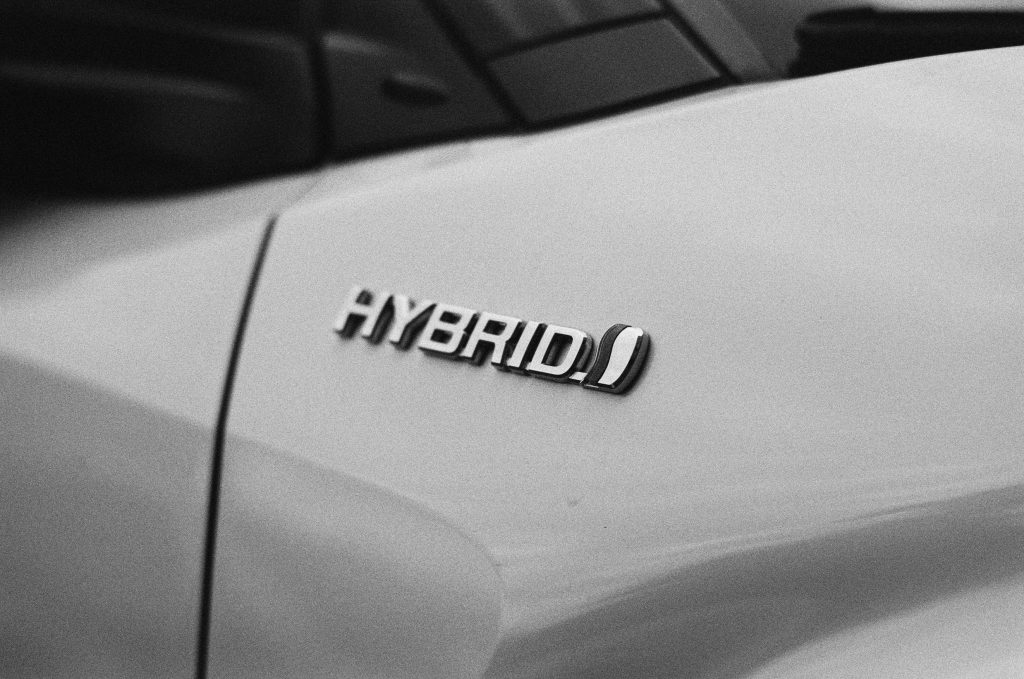
Hybrid vehicles: you’ve probably heard of them, but do you know what makes them so unique? They’re not just a trend, they’re a testament to the evolution of automotive technology designed to enhance efficiency and sustainability. But let’s not stop at the surface. In this article, we will discuss hybrid vehicles and delve deeper into the world of hybrids and gain a comprehensive understanding of what makes them stand out in the world of automobiles.

The ebb and flow of the car market can significantly sway car prices, and savvy shoppers can harness these cycles to their advantage. Let’s uncover the secret times of the year that can help you save money on your next car purchase, and find out the best time of year to buy a car.

Where does owning a car cost the most? We’ve done the homework to rank the most expensive states to own a car in 2024, pinpointing the major expenses that drive up costs, such as insurance, sales tax, and fuel expenses. Get ready to learn which states could impact your car budget the most in our list of the “most expensive states to own a car.”

In this blog post, we’ll guide you through understanding your car budget, calculating your monthly car payment, exploring factors affecting your car loan, adopting smart shopping strategies, considering alternative financing options, and preparing for future car expenses.
